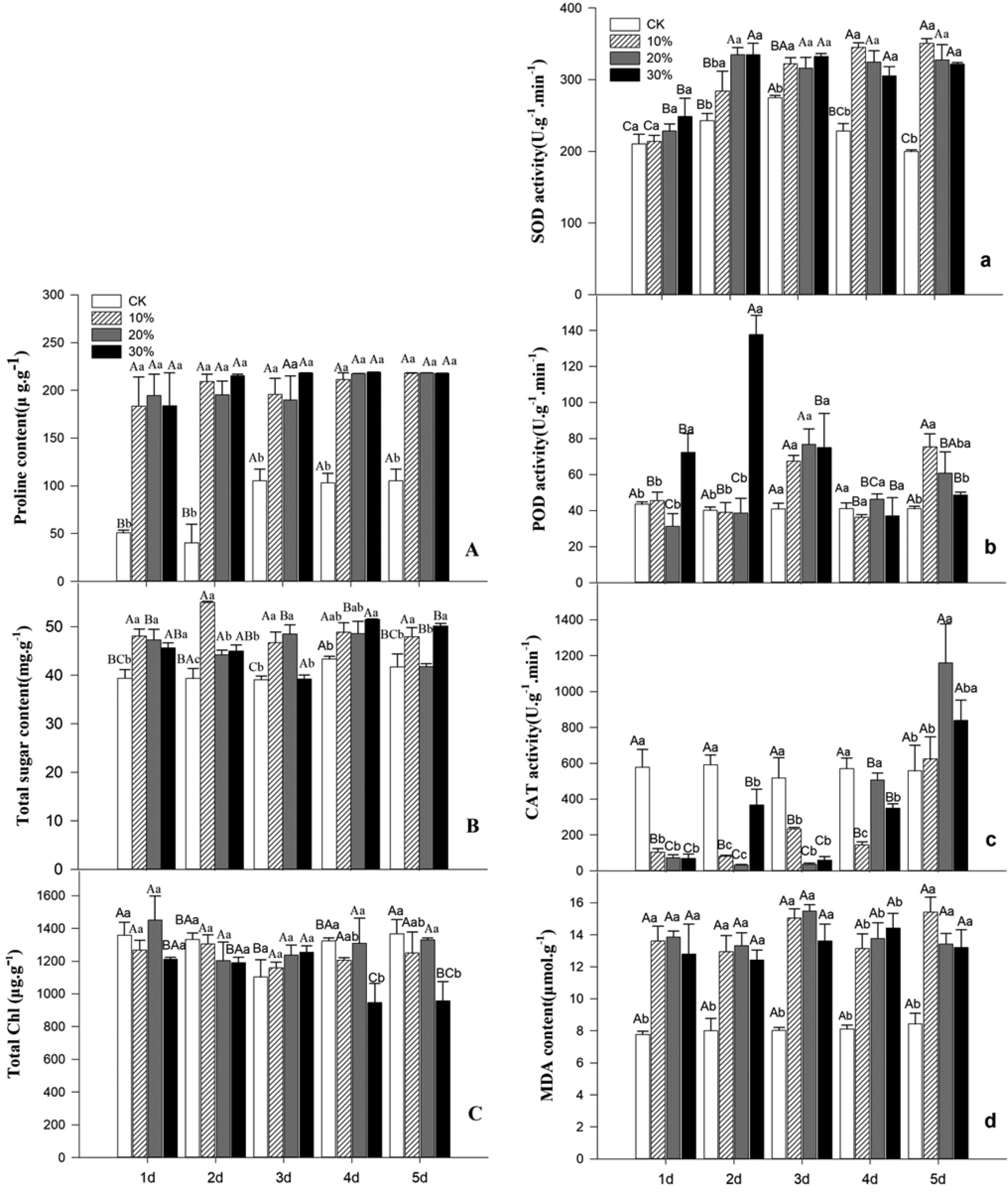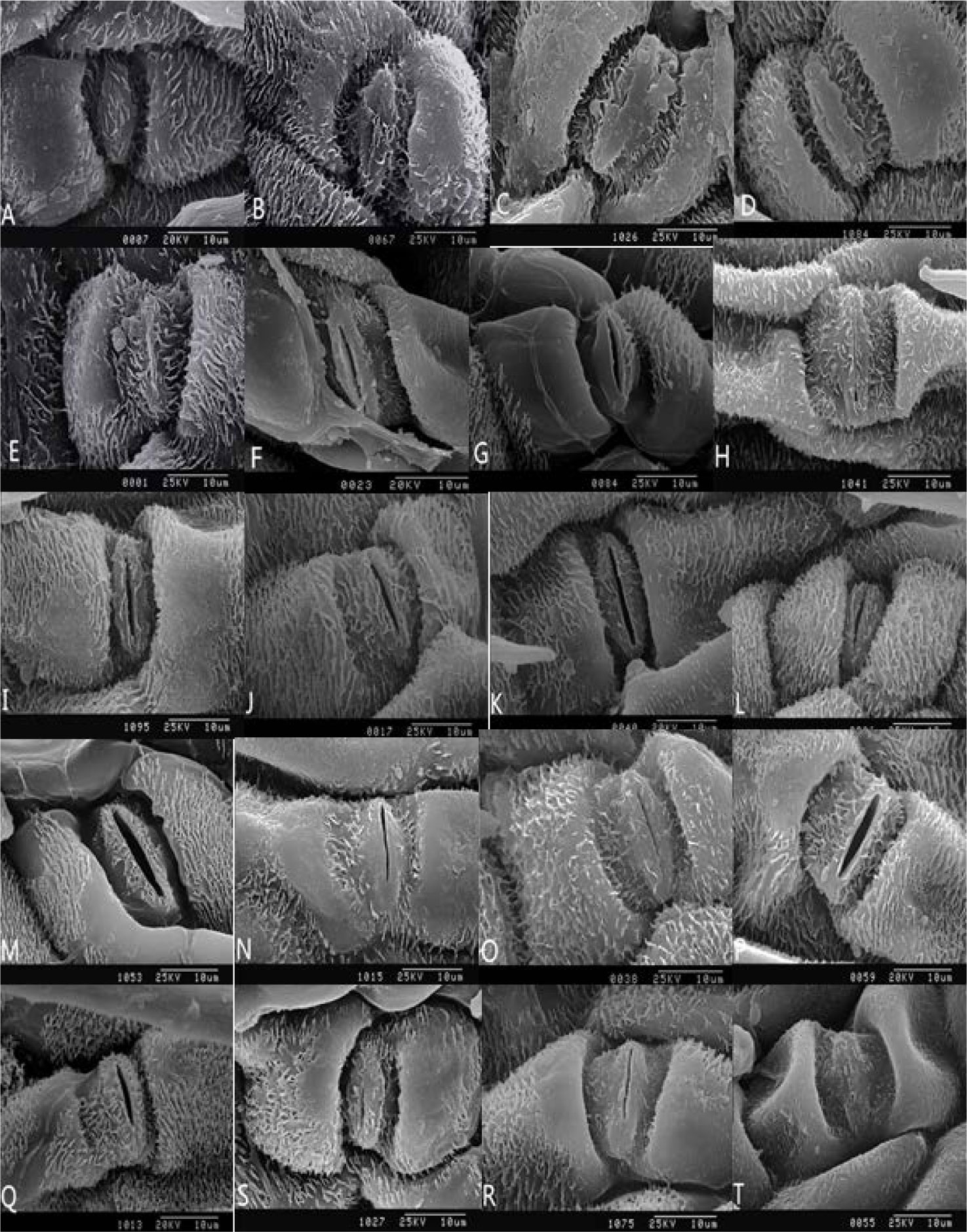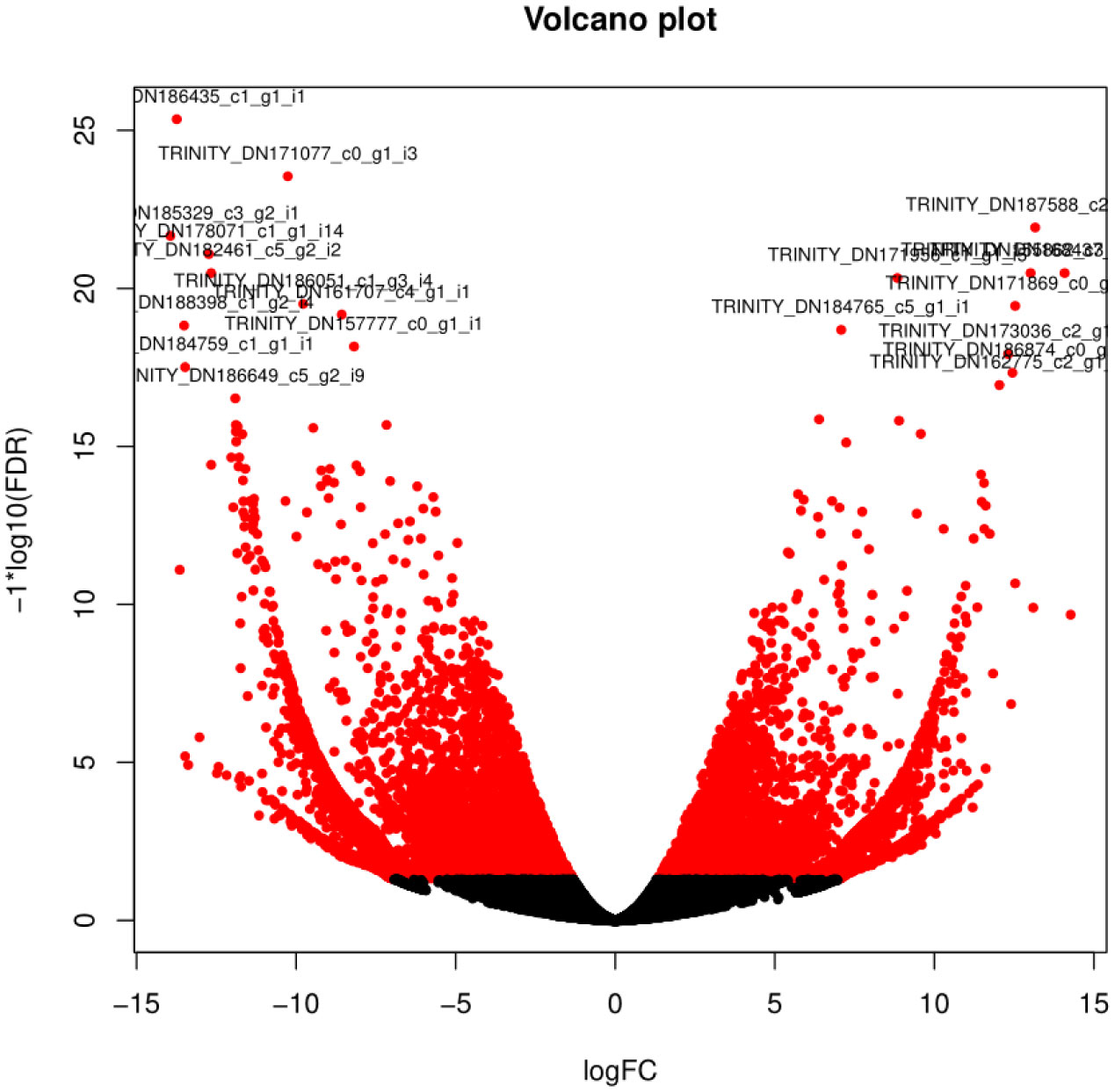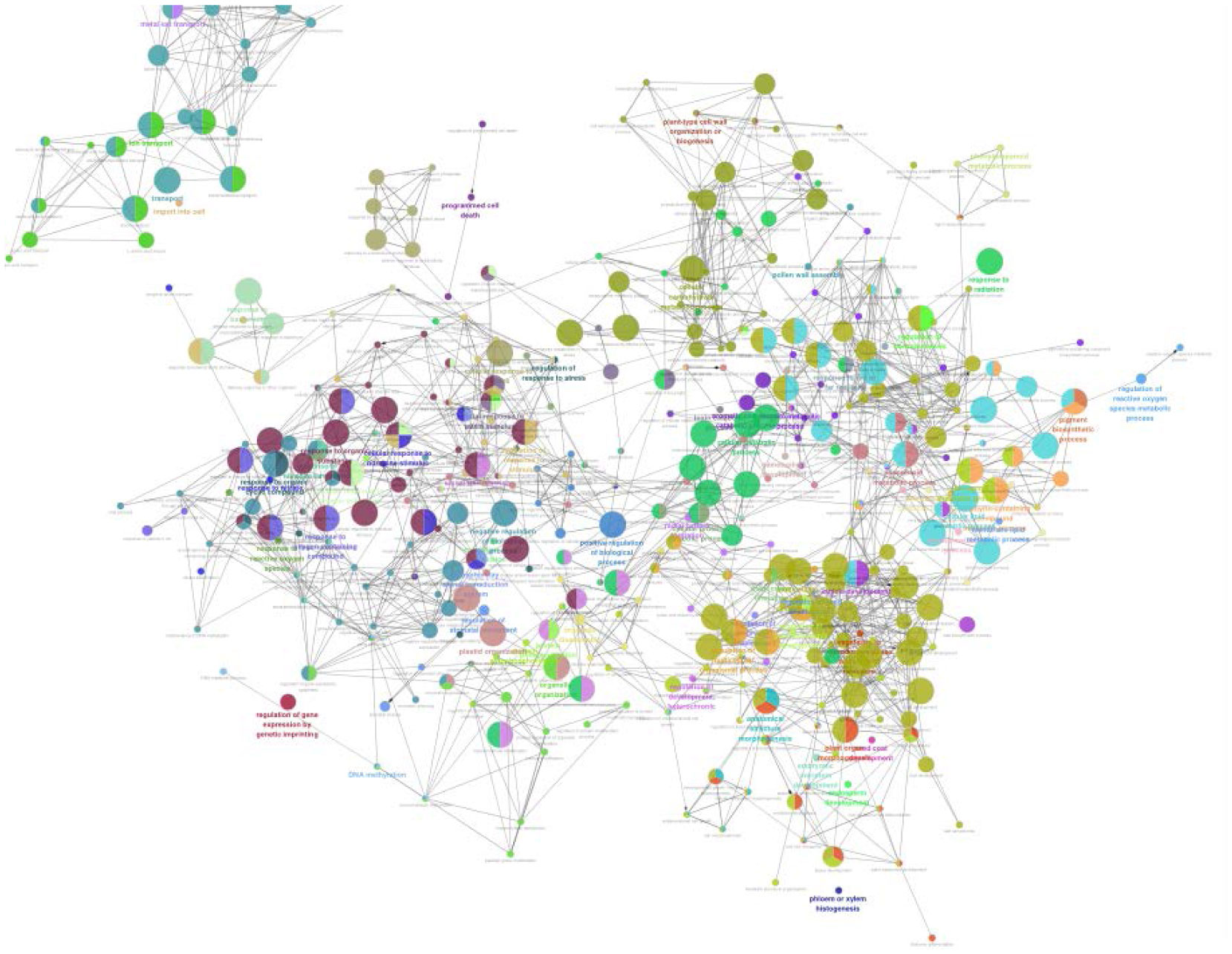1. Introduction
MicroRNAs (miRNAs) are nucleotides about 18-25 nt long which mediate epigenetic regulation [1,2,3,4,5,6]. miRNAs target mRNAs to regulate their transcription and gene expression [3]. Almost 50% of miRNAs are conserved in human and chimpanzee genomes, whereas the miRNAs differentially evolve in different species [7]. miRNAs are derived from the pri-miRNA, of which cleavage by Drosha RNase III endonuclease produces the precursor miRNA (pre-miRNA), approximately 60 to 70 nt stem loop intermediate. The pre-miRNA is transported from the nucleus to the cytoplasm by Ran-GTP and export receptor Exportin-5 [3]. The pre-miRNA is processed with Dicer RNase III endonuclease, which was first recognized as a generator of the small interfering RNAs (siRNAs), and eventually processed with helicase into single-stranded RNAs [3]. The maturated miRNAs are incorporated as single-stranded RNAs into a ribonucleoprotein complex, RNA-Induced Silencing Complex (RISC), and target the complementary sites of mRNAs [3,4,5,6]. The miRNAs in RISC recognize the complementary sites of the target mRNAs to regulate their expression [3,4,5,6]. The miRNAs have an important role to buffer and down-regulate the gene expression by degradation of targeted mRNAs [5,6]. There has been demonstrated the correlation between noise and circuits topology with and without a negative feedback loop that include miRNAs [5,6]. The miRNA-mediated negative feedback loops are found coupled to other transcriptional feedback loops in gene regulatory networks [5]. The miRNAs are contained in the exosomes in the circulatory systems, and indicative for cancer [8,9]. The inflammation-associated miRNAs, miR-486 and miR-146a are contained in circulating exosomes of heart failure patients [8]. These miRNAs are indicated as potential markers for heart failure [8]. It has been shown that miR-21 and miR-1246 are enriched in human plasma exosomes in breast cancer patients [9]. In this review article, the role of miRNAs in stem cells and exosomes are focused in networks in stem cells and reprogramming.
2. Wnt signaling in stem cells and reprogramming
It is known that Wnt signaling plays an important role in many cellular functions such as cell proliferation, differentiation, and migration [10]. Wnt signaling can be classified into canonical Wnt/β-catenin signaling and β-catenin-independent Wnt signaling. A previous finding indicates the -catenin-independent Wnt signalings related to Wnt-3a, JNK and ATF2 promote neural stem cell differentiation of human embryonic stem cell and induced pluripotent stem cell-derived neural progenitor cells [10]. On the other hand, the Wnt/β-catenin signaling is involved in the osteoblastic differentiation of stem cells [11]. Wnt signaling pathway is regulated by miRNA TrkC-miR2, which is predicted to locate within the neurotrophic receptor tyrosine kinase 3 (NTRK3, or tropomyosin receptor kinase C; TrkC) gene and a potential colorectal cancer biomarker regulating cyclin D1 (CCND1) and catenin beta 1 (CTNNB1 or β-catenin) [12]. The expression level of miRNAs such as miR-27a, miR-27b, miR-140, miR-146a, and miR-365 in osteoaerthritic chondrocytes are regulated by hydrostatic pressure via Wnt/β-catenin pathway [13].
3. miRNA role in stem cells, EMT and cancer
Therapeutic angiogenesis is induced by the inhibition of miRNA-495 in human induced pluripotent stem cells that were reprogrammed from somatic cells [14]. The anti-angiogenic miR-495 was also identified as a new target for promoting endothelial cell generation from human induced pluripotent stem cells [14]. The miRNAs such as miR-424, let-7a, miR-2730, miR-6836, miR-6873 and miR-7152 are decreased in cancer stem cells in head and neck squamous cell carcinoma, whereas miR-147 is increased in the cancer stem cells [15]. miRNAs such as miR-17, miR-23a and miR-31 play an important role during the process of the differentiation of adipose-derived stem cells into osteogenic cells and in inhibiting bone morphogenetic protein 2 (BMP2)-mediated osteogenesis [16].
It is known that miRNAs act as tumor suppressors via regulating gene expression. miR-183 down-regulated metastasis associated 1 (MTA1) gene expression, leading to the inhibition of the proliferation, epithelial-mesenchymal transition (EMT) and migration of human non-small cell lung cancer [17]. EMT, the phenomenon which is implicated in cancer malignancy, is regulated by miRNAs. The miR-30a inhibited tumor growth and EMT in hepatic stellate cells [18]. The miR-30a over-expression suppressed carbon tetrachloride (CCl4)-induced liver fibrosis [18]. miR-1, which is down-regulated in esophageal squamous cell carcinoma, suppressed proliferation, migration of esophageal squamous cell carcinoma by targeting Notch2 via its 3′-UTR [19]. miR-1 regulated EMT molecules such as E-cadherin, vimentin and TGF-β1 [19]. miR-491-5p was down-regulated in gastric cancer, which led to promote EMT and gastric cancer metastasis by regulating snail family transcriptional repressor 1 (SNAI1 or SNAIL) and fibroblast growth factor receptor 4 (FGFR4) [20]. miR-302b-3p/302c-3p/302d-3p inhibited EMT and induced apoptosis in human endometrial carcinoma cells [21]. miR-302b-3p/302c-3p/302d-3p induced E-cadherin and suppressed zinc finger E-box binding homeobox 1 (ZEB1) and N-cadherin [21]. Long non-coding RNA (lncRNA) X inactive specific transcript (XIST) and miR-200c regulated the stemness properties of human bladder cancer cells [22]. In this case, miR-200c was targeted and inhibited by lncRNA XIST, leading to EMT via down-regulation of E-cadherin and up-regulation of zinc finger E-box binding homeobox 1 (ZEB1) and ZEB2 [22]. miRNAs contained in extract of Stellerachamaejasme L inhibited proliferation and metastasis of human hepatocellular carcinoma [23]. miRNAs such as hsa-miR-638 and hsa-miR-107 were up-regulated in hepatocellular carcinoma and down-regulated the gene expression of spalt like transcription factor 4 (SALL4) and BCL2, apoptosis regulator (BCL2) [23]. The extract of Stellarachamaejasme L containing miRNAs inhibited expression of EMT-related gene vimentin [23]. miR-106b promoted metastasis of esophageal squamous cell carcinoma via EMT [24]. miR-106b directly targets phosphatase and tensin homolog (PTEN) via its 3′-UTR, which is involved in metastasis of cancer [24]. miR-93 inhibited TGF-β1-induced EMT via inhibiting ORAI calcium release-activated calcium modulator 1 (ORAI1) [25]. miR-577 inhibited EMT and metastasis in breast cancer by targeting Rab25 [26]. miR-200 family suppresses EMT phenotype by targeting ZEB1 [27]. CD44, which plays an important role in acquisition of cancer stem cell and EMT phenotype, induced ZEB1 expression by suppressing miR-200c [27].
miR-10b targets cell adhesion molecule 2 (CADM2) and promotes hepatocellular tumor metastasis through FAK/AKT pathway [28]. CADM2 gene expression is inhibited by miR-10b, leading to the phosphorylation of AKT and activation of AKT pathway [28]. miR-370-3p targets the long noncoding RNA H19 leading to the promotion of ovarian cancer via TGF-β-induced EMT [29]. miR-31 inhibits Dickkopf-related protein 1 (DKK1), leading to Wnt activation [30]. miR-501-5p inhibits glycogen synthase kinase-3β (GSK3β) which also activates Wnt signaling and esophageal adenocarcinoma [30]. miR-8084 promotes tumor through the inhibition of apoptosis and induction of EMT [31]. miR-8084 is a potential therapeutic target of breast cancer [31]. L1 cell adhesion molecule (L1CAM or CD171) promotes the formation of cancer initiating cells in human endometrial cancer [32]. miR-135a and miR-375 may induce the paclitaxel resistance towards human endometrial cancer treatment [32]. miR-22 suppresses EMT in bladder cancer by inhibiting Snail and MAPK1/slug/vimentin [33]. miR-132 suppresses the migration of non-small cell lung cancer by inhibiting USP9X-induced EMT [34]. miR-140 inhibits metastasis of colorectal cancer [35]. These results demonstrate that various miRNAs regulate migration of cancer cells mainly via EMT.
4. Exosomes and their potential as therapeutic targets
Exosomes are vesicles of about 100 nm surrounded by a lipid bilayer membrane secreted from almost all cells, and are composed of proteins, nucleic acids, lipids and metabolites [36,37]. In addition to major histocompatibility complex (MHC) molecules and integrins, tetraspanins are supposed to exist on the surface of exosome, among which tetraspanins CD9, CD63 and CD81 are recognized as exosome-specific markers [38,39,40,41]. Furthermore, within the exosome, various nucleic acids such as DNA fragment, mRNA, miRNA, rRNA, noncoding RNA are included in addition to proteins related to multivesicular body formation (Tsg101 or Alix), heat shock protein (HSP) [39,40]. Exosomes secreted from cells are not only present between cells but also in body fluids (blood, cerebrospinal fluid, urine, etc.), circulating in the body. The secreted exosome circulates in the body fluid and contacts other cells, and the plasma membrane merges. As a result, inclusions in the exosome can enter the cell and function [38,42,43,44,45]. In addition to the fact that exosomes secreted from cells reflect the characteristics of the cell of secretion, they are present in body fluids and are attracting attention as being able to be used for the diagnosis of diseases. Diagnosis by cancer cells and components derived from body fluids is called “Liquid Biopsy”, and exosomes are also expected as diagnostic markers.
Fibroblasts are one of the stromal cells found in many solid tumors. Cancer treatment strategies targeting cancer-associated fibroblasts (CAFs) are proactively advanced, because CAF are supposed to promote angiogenesis and infiltration / metastasis of solid tumors through interaction with cancer cells [46]. It was reported that highly metastatic hepatocellular carcinoma (HCC) cells secreted exosomal miR-1247-3p to convert fibroblasts to CAFs by targeting B4GALT3, which leads to activation of β1-integrin/NF-κB pathway [47]. The miR-1247-3p regulates the expression of IL-1β, IL-6 and IL-8 [47]. Furthermore, it was revealed that a key event during brain metastasis is associated with exosomal miRNA: Brain metastasis involves the migration of cancer cells through blood-brain barrier (BBB). The exosomal miR-181c, derived from the high brain metastasis strain, was reported to down-regulate the expression of 3-phosphoinositide dependent protein kinase 1 (PDPK1) in the endothelial cells constituting the BBB. Degradation of PDPK1 by miR-181c down-regulates phosphorylated cofilin, leading to activated cofilin-induced modulation of actin dynamics to break down BBB [48].
Exosomes are secreted from both normal and cancer cells, and contain mRNAs and miRNAs specific for secreting cells. Therefore, exosomal miRNAs in body fluids can be used as noninvasive biomarkers for cancer cells. To date, exosomes specific for various cancers, such as breast cancer [49], gastric cancer [50], ovarian cancer [51], multiple myeloma [52], acute myeloid leukemia [53], acute lymphoblastic leukemia [53], non small cell lung cancer [54], lung squamous cell carcinoma [55], pancreatic cancer [56], pancreatic ductal adenocarcinoma [57], brain tumor [58], prostate cancer [59], Hodgkin's lymphoma [60] have been identified in cells, blood, saliva and urine of patients. For example, a combination of five miRNAs (miR-1246, miR-1307-3p, miR-4634, miR-6861-5p and miR-6875-5p) could detect early stage breast cancer, with a sensitivity of 98.0% [61]. As for colorectal neoplasms (colorectal cancer and colorectal advanced adenoma), the 7 plasma miRNA panel (miR-21, miR-29c, miR-122, miR-192, miR-346, miR-372 and miR-374a) accurately differentiated patients with colorectal neoplasia and those with other cancers or controls [62]. These reports indicate that circulating miRNAs, mainly included in exosomes, are useful and promising tools for diagnosis and prognosis.
5. Conclusion
The miRNAs regulate the networks related to cancer, stem cells and reprograming. The several molecules in the signaling networks including Wnt signaling and EMT are targeted by miRNAs, leading to the activation or inactivation of the network pathways. The miRNAs can be therapeutic targets for the cancer treatment, in which the gene expression activating cancer signaling would be regulated by miRNAs. Exosomes containing miRNAs specific for cancers would be potential indicators for diagnosing and treating cancer.
Acknowledgements
We would like to acknowledge the people who helped the preparation of the manuscript. This research was supported by the Ministry of Health, Labour and Welfare (MHLW) of Japan Fund and Japan Agency for Medical Research and Development (AMED).
Conflict of Interest
The authors declare no conflict of interest.




















 DownLoad:
DownLoad: